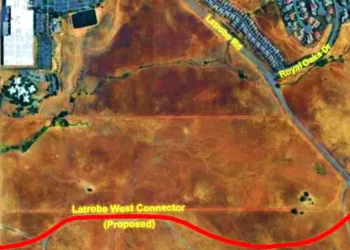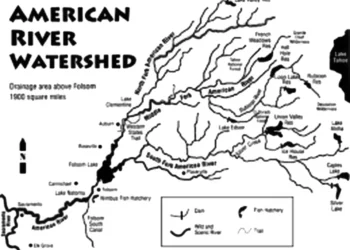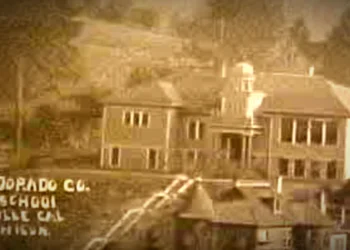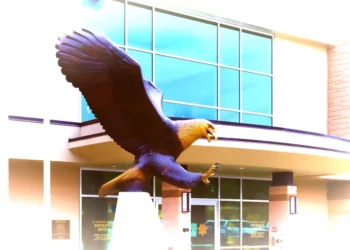El Dorado County (Dec 19, 2024, 2024) – For decades, Placer County, California, has been at the forefront of innovative water management. As a vital source of water for California’s ecosystem and economy, the county has harnessed its natural terrain to create one of the most remarkable hydroelectric projects in modern engineering: the Middle Fork American River Project. Approved by voters in 1961, this ambitious endeavor transformed the region’s water resources into a sustainable powerhouse of energy and recreation.
A Visionary Beginning
The Middle Fork American River Project was conceived to control the flow of water from the Rubicon and American Rivers, ensuring both utility and safety. By 1961, Placer County residents voted overwhelmingly (25-to-1) to authorize revenue bonds—a move that enabled the project without new taxes. The revenue generated by selling hydroelectric power would pay for the construction and ultimately benefit the county’s citizens.
Led by the Placer County Water Agency (PCWA), the project required an intricate network of dams, reservoirs, tunnels, and powerhouses. Construction began in 1963 under the direction of American River Constructors, a joint venture of six prominent engineering firms. The work demanded not only technical expertise but also an unparalleled commitment, as crews moved mountains to realize the project’s potential.
Engineering Feats: French Meadows and Beyond
One of the cornerstone achievements was the French Meadows Dam and Reservoir, situated more than a mile above sea level. To prepare the site, over 1,000 acres were cleared, yielding 43 million board feet of timber. Construction crews then built an earthfill dam that rose 235 feet above the valley floor, eventually creating a reservoir capable of holding 132,000 acre-feet of water.
To augment the reservoir’s capacity, engineers bored an 8,000-foot tunnel through a mountain, redirecting the waters of Duncan Creek into the Middle Fork of the American River. This gravity-fed system exemplified efficiency, enabling year-round hydroelectric power generation.
Powering the Future
The PCWA secured a key partnership with Pacific Gas and Electric (PG&E), which agreed to purchase nearly $6 million worth of power annually. This agreement guaranteed financial viability and set a precedent for public-private collaboration in infrastructure development.
By the spring of 1964, construction was progressing ahead of schedule. Crews worked around the clock, overcoming challenges such as harsh weather and the technical complexities of building 25 miles of tunnels, many exceeding 13 feet in diameter. Their dedication ensured the timely completion of French Meadows Dam and laid the groundwork for additional facilities across the Sierra Nevada’s western slopes.
Benefits Beyond Power
The Middle Fork Project’s impact extends far beyond electricity. The reservoirs provide critical water storage, mitigating the seasonal volatility of river flows and preventing downstream flooding. They also support recreational activities, from fishing to boating, enhancing the quality of life for Placer County residents and visitors alike.
Furthermore, the project has demonstrated the value of local investment in natural resources. By retaining control of water and power revenues, the PCWA has ensured long-term benefits for the community, from infrastructure improvements to economic growth.
A Model for Sustainability
Today, the Middle Fork Project stands as a testament to the ingenuity and determination of Placer County. Its success underscores the importance of forward-thinking water management, particularly in an era of increasing climate variability.
As we reflect on this monumental achievement, it invites us to consider how similar initiatives might address California’s ongoing water and energy challenges. Could the lessons of Placer County inspire other regions to turn natural resources into sustainable assets?
Your Turn
What do you think about the balance between resource use and environmental conservation? How do projects like MFARP shape our community’s future? Share your thoughts below!
Sources:
- Placer County Water Agency archives
- California Department of Water Resources
- Historical documentation from American River Constructors










